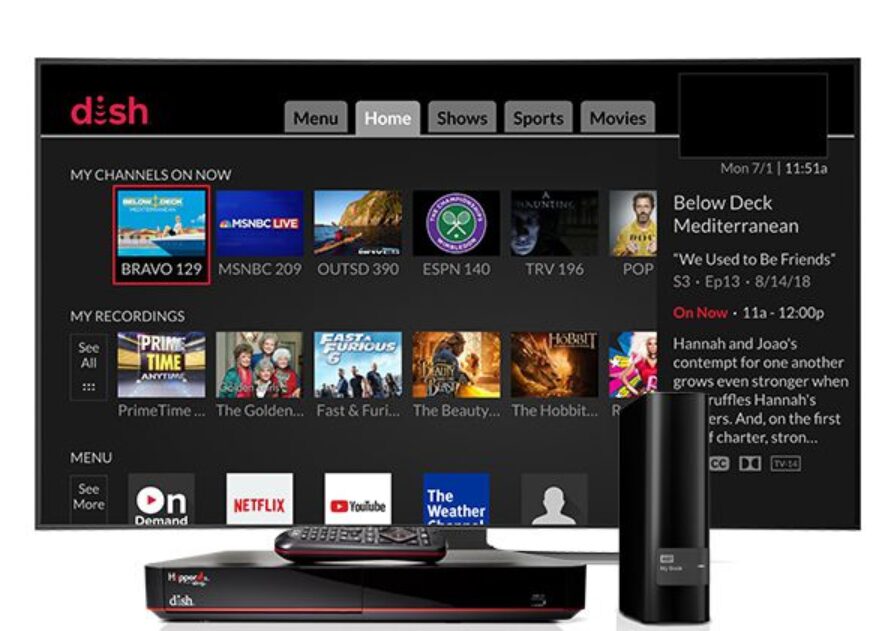Interesting, I thought it allowed 3 drives of up to 7TB each making it 21TB as mentioned here:Yup, and I can report that the 6+2 combination still works in U939. Probably shouldn't talk too loud or someone at Dish may just "fix" it!
But, it's is a combination of the right drives, and the right hub (non-powered) and plugged in a specific order. I have 3 drives, 1 6TB and 2 2TB's. To use the other 2TB, I just unplug the current 2TB drive, get the disconnect message, plug in the other 2TB drive and wait for it to be recognized. Luckily one of the 2TB drives is just for my wife's Christmas movies so hopefully I won't be swapping drives in and out so often.
Oh, btw, for those in the know. I just found the mcd's card under a pile of my paperwork. Will get it out! My bad.

Product Focus: Hopper 3 - Now with 20 TB DVR!
During the month of March a new software version has been deployed to all models of Hopper, all Joeys, and Wally. In addition to improving the look and function of the On Demand channel, you can now store and access up to 20 TB of content when using external hard drives. Your clients will...
 www.cepro.com
www.cepro.com
I never knew plugging in a specific order would make a difference since I noticed sometimes during the nightly reboots is the H3 would hang at the Hopper screen and it requires unplugging the USB which has the HDD's behind it so the H3 would boot before plugging it in as I have a powered USB 3.0 hub. I don't need all the external drives working at the same time so swapping would work but is there a trick to do the disconnect and reconnecting so the new plugged in drive gets recognized because for me, it seems that I have to hit the red reset button before the H3 will see it and it seems even with the same 3 x 2TB drives plugged in, the way the H3 sees it each time is different as it can assign the 3 drives a different number randomly so each of them can be 2,3,4.




